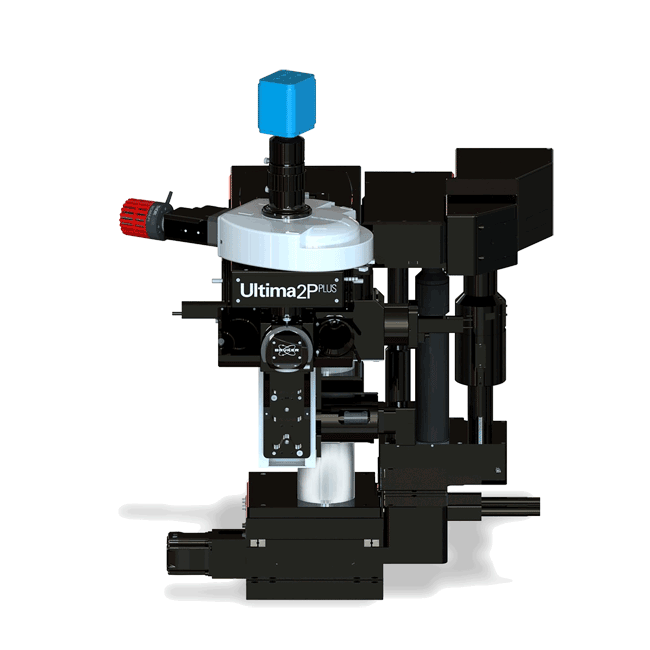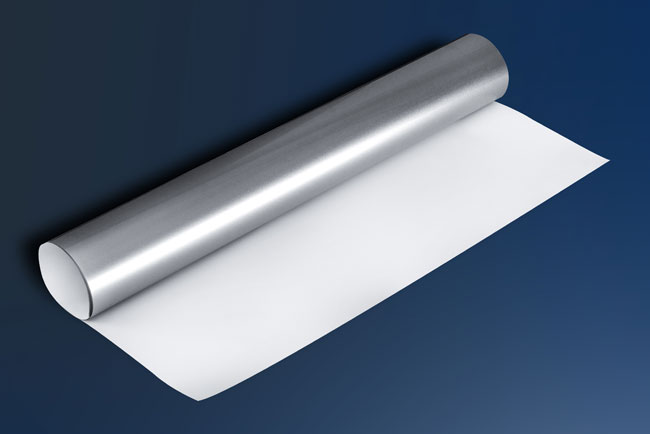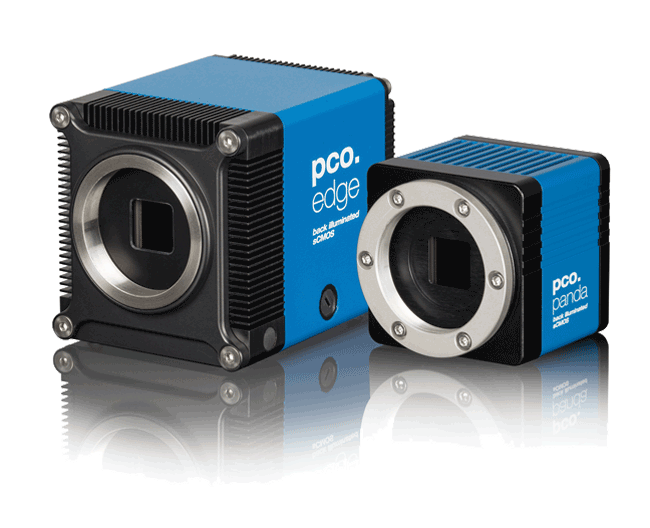|
|

|
|
|

|
| sponsor |
 |
|
Shubham Chandel Awarded 2019 Teddi C. Laurin Scholarship
Shubham Chandel, a Ph.D. candidate studying biomedical optics at the Indian Institute of Science Education and Research Kolkata in West Bengal, India, has been named the recipient of this year’s Teddi C. Laurin Scholarship.
|
|
|
|
|
|
Deep Neural Network Guides Drone to Smooth Landing
Researchers at the California Institute of Technology have collaborated on a system that uses a deep neural network to help autonomous drones “learn” how to land more safely and quickly, while consuming less power.
|
|
|
|
|
|
 Ultima 2Pplus Multiphoton Imaging
Ultima 2Pplus Multiphoton Imaging
Bruker Nano Surfaces
With new advances in field of view, sensitivity, wavelength, and sample accommodation, Bruker’s Ultima 2Pplus delivers the best commercially available combination of flexibility, resolution, imaging depth, and speed, allowing users to perform simultaneous imaging, stimulation, and electrophysiology protocols with greater efficiency and effectivity.
Visit Website
Request Info
|
|
|
 Flexible Sputtered Coatings
Flexible Sputtered Coatings
Deposition Sciences Inc. (DSI)
Roll-to-roll processes present a number of challenges when coating flexible surfaces, including unbalanced stress on each side of the substrate and limited line speed. These limitations affect the thickness and possibility of complex coatings. To address these challenges, Deposition Sciences, Inc. (DSI) developed their batch coating technology, MicroDyn®.
Visit Website
Request Info
|
|
|
|
|
|
 Back Illuminated sCMOS by PCO
Back Illuminated sCMOS by PCO
PCO-TECH Inc.
Unique technology comes from evolution, combining existing and new technology. When PCO’s tried and trusted sCMOS cameras pool forces with modern back illuminated (bi) sensor technology, pco.edge 4.2 bi and pco.panda 4.2 bi come into the world of science. Both cameras stand out with their nearly perfect quantum...
Visit Website
Request Info
|
|
|
|
|
|
Organic Laser Diode Suppresses Losses, Lowers Electricity Requirements
Lasing by direct electrical stimulation of an organic film is possible, according to researchers at Kyushu University, who have demonstrated a laser diode based on organic semiconductors. The researchers used used a highly efficient organic light-emitting material which has a relatively low resistance to electricity and a low amount of losses.
|
|
|
|
|
|
Mid-Infrared Upconversion Imaging Could Speed Medical Diagnostics Read Article
TriEye Secures $17M to Bring HD SWIR Cameras to Auto Market Read Article
Using Light to Produce Electricity Where Saltwater and Freshwater Meet Read Article
Intelerad Commits $75M to Advance New AI- and Cloud-Based Medical Imaging Software Read Article
Aurora to Acquire Lidar Company Blackmore Read Article
|
|
|
|
OSA Optical Design & Fabrication 2019
June 10-12, 2019 - OSA Headquarters - Washington United States
New materials and unprecedented capabilities to create and measure precise aspheric and freeform optical surfaces have created a whole new design space for imaging, while new computational tools have allowed more complex systems to be both designed and fabricated. These capabilities have extended to micro-optics, head-mounted displays, and large optical systems. The 2019 OSA Optical Design and Fabrication Congress will address these issues in detail with two related topical meetings that address optical fabrication and testing and freeform optics. The Congress will bring scientists, engineers, and designers together so they can interact and learn in both informal and formal settings.
|
|
|
|
From Lensless Cameras to Deep-Brain Microscopy: Exploring the Potential of Computational Imaging
Tue, Jun 11, 2019 1:00 PM - 2:00 PM EDT
This webinar will introduce you to the enormous potential of computational imaging for a range of industries, from manufacturing to machine vision to biophotonics. Professor Rajesh Menon and his group from the University of Utah will discuss several examples of computational imaging, including a “see-through” camera, comprised of a transparent window with an image sensor placed facing into the edge of the window; a snapshot hyperspectral imaging camera; and an approach to deep-brain imaging that utilizes only an ultrathin surgical needle to transport light in and out of a mouse brain. In all cases, imaging is essentially a form of information transfer enabling highly nonintuitive forms of imaging.
|
|
|
|

CALL FOR ARTICLES
Photonics Media is currently seeking technical feature articles on a variety of topics for publication in our magazines (Photonics Spectra, BioPhotonics, Vision Spectra, and EuroPhotonics). Please submit an informal 100-word abstract to [email protected], or use our online submission form.
|
|
|
|
 |
|